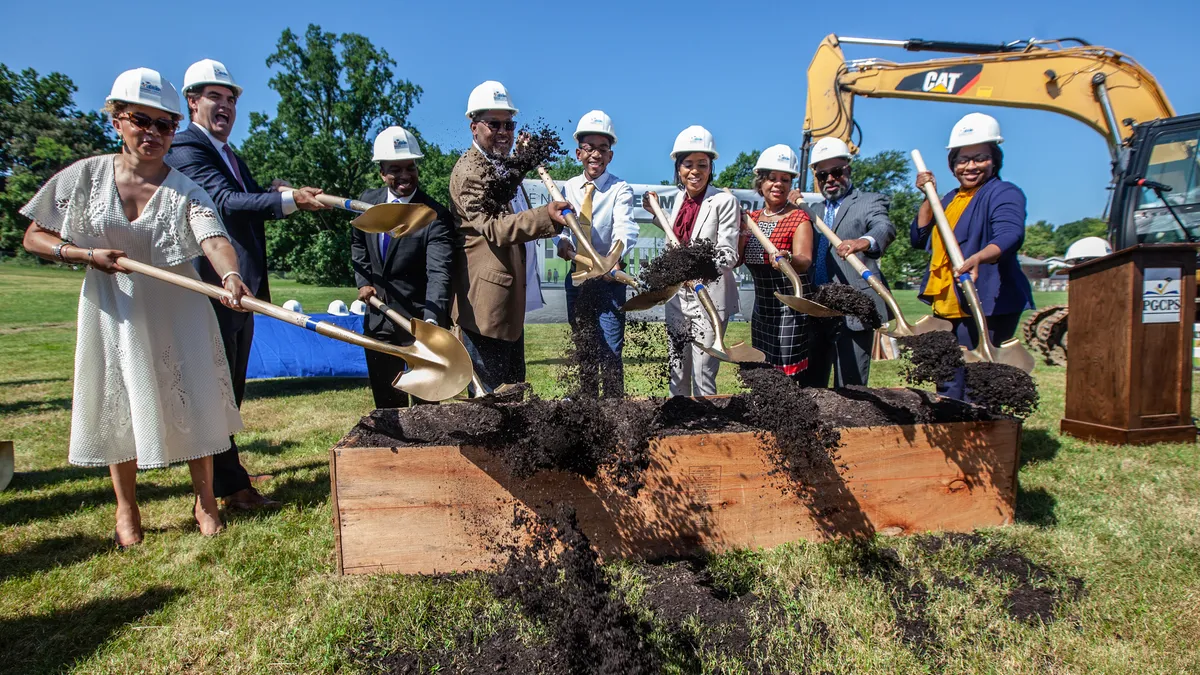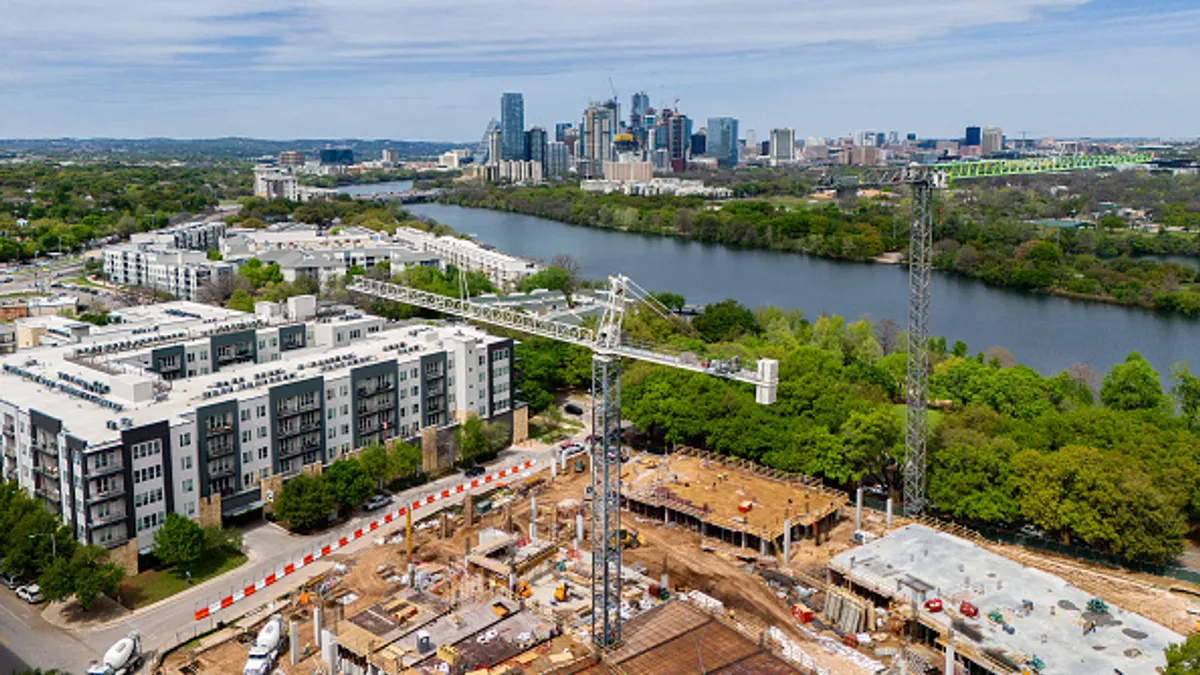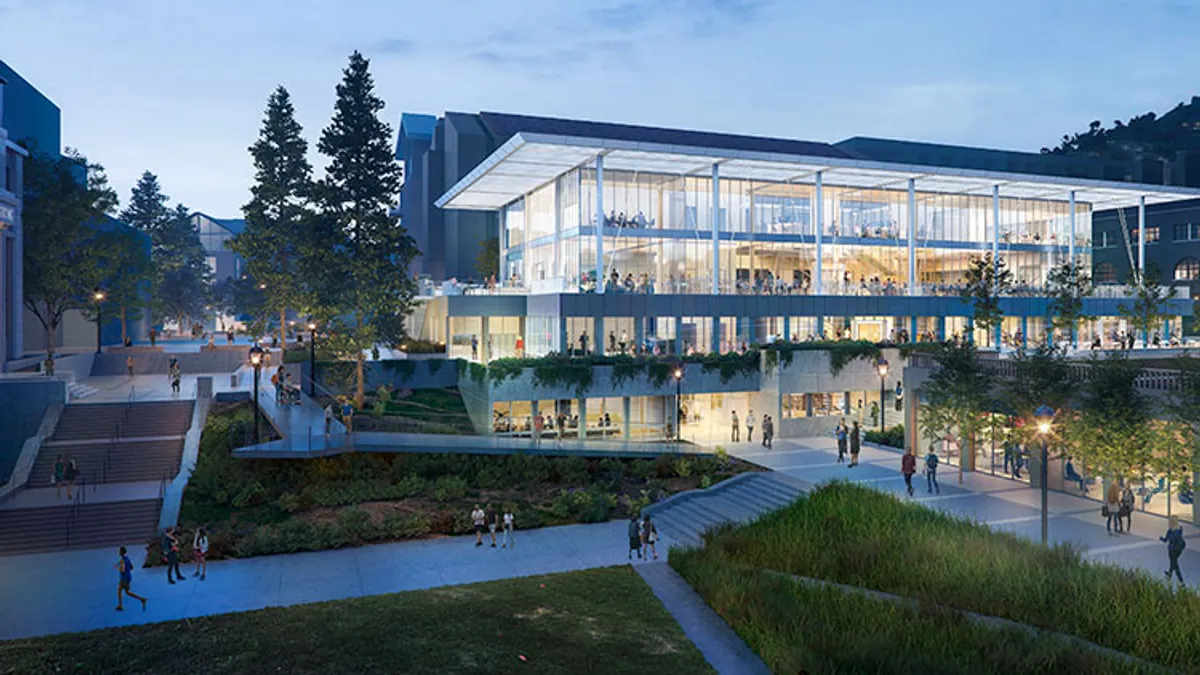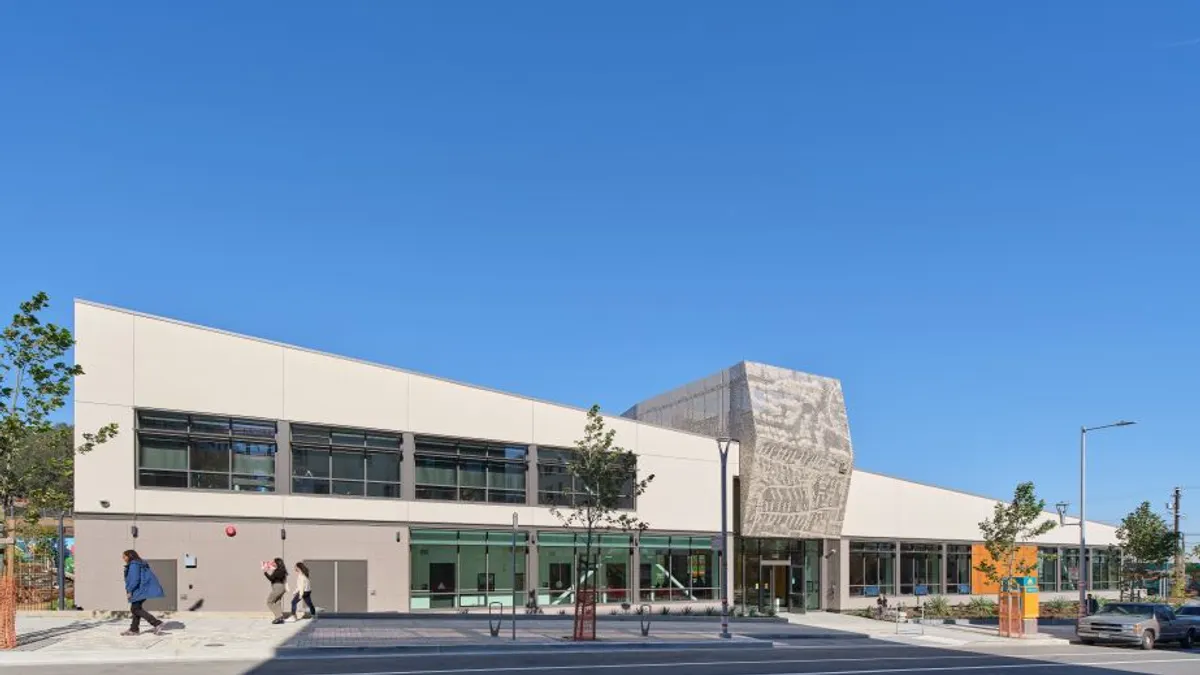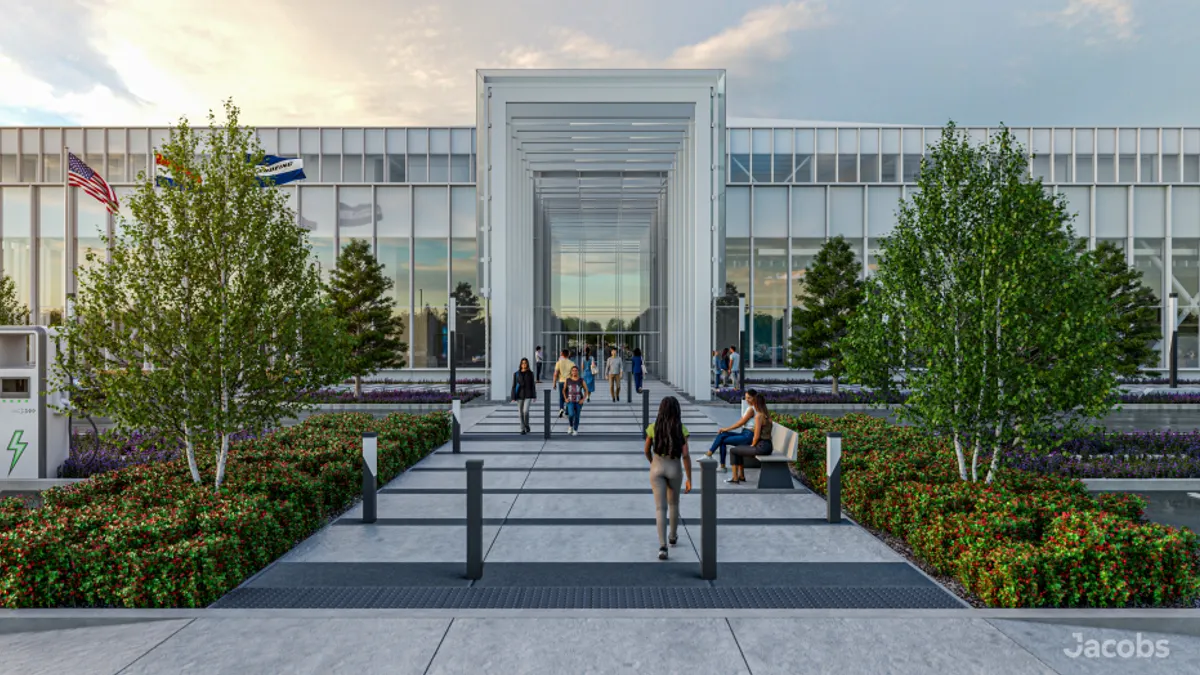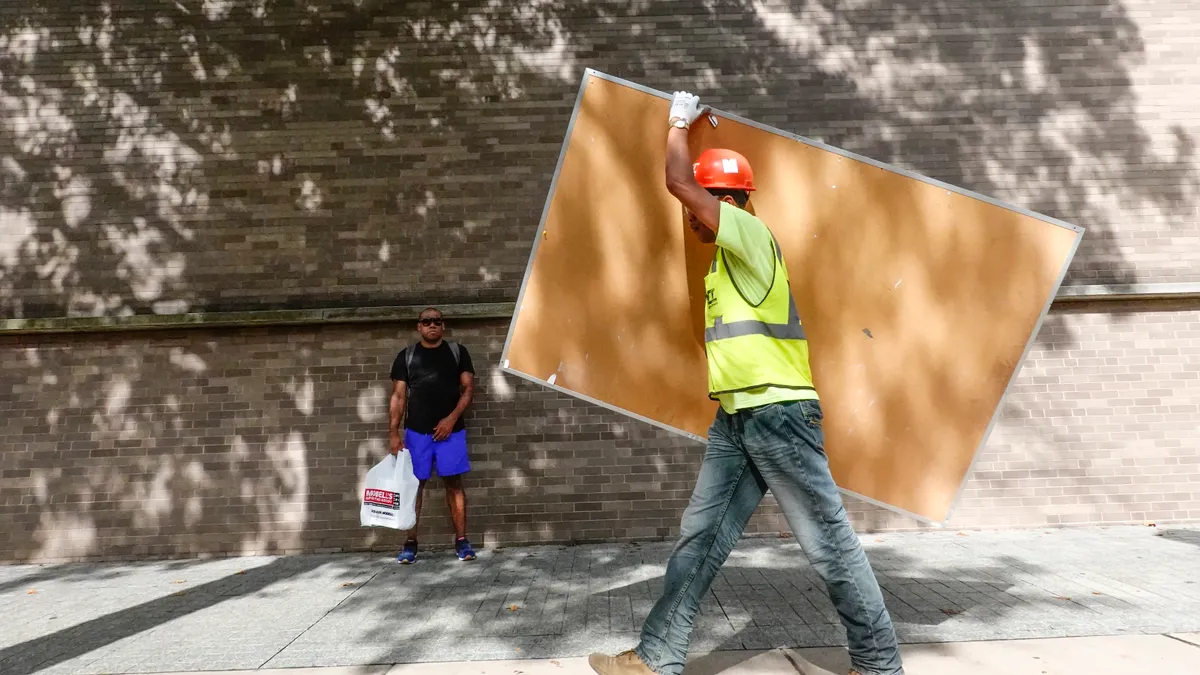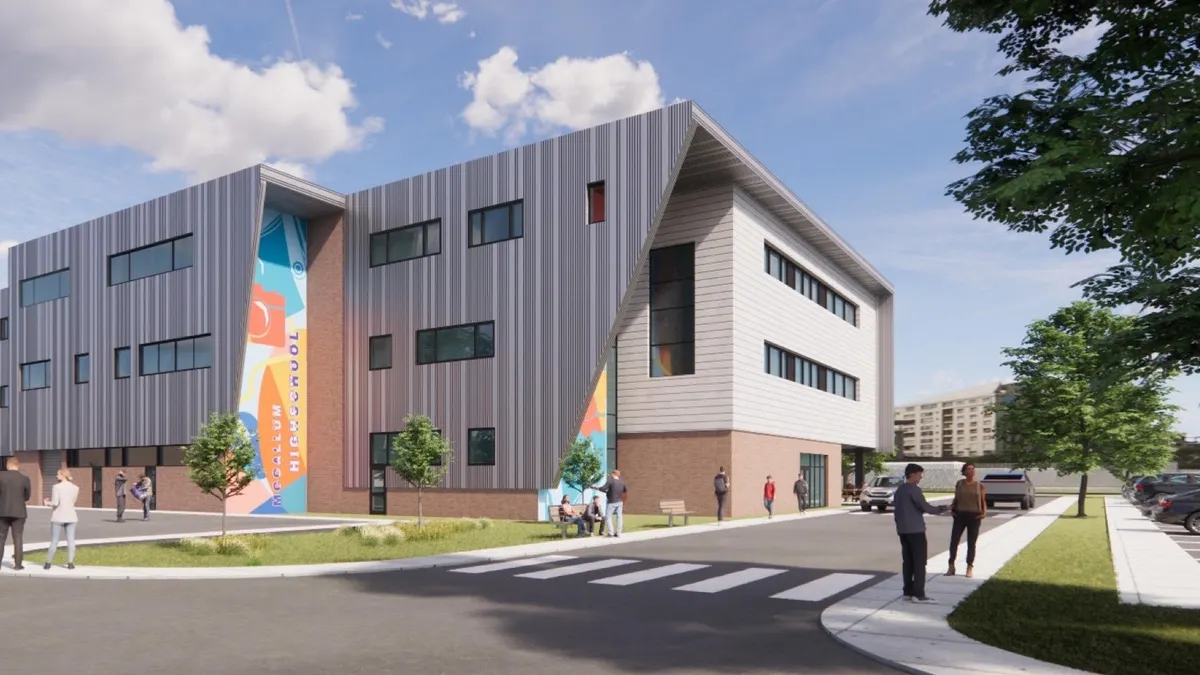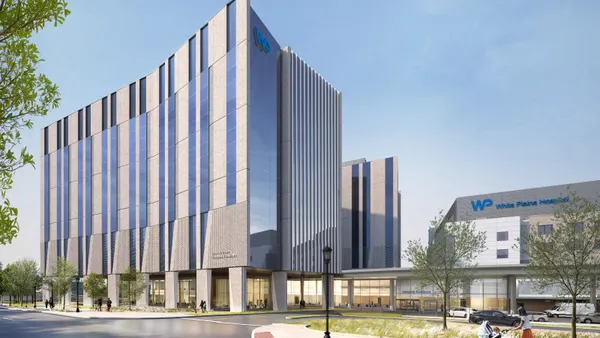On a sweltering day in June, Jason Washington, director of the Office of Alternative Infrastructure Planning and Development with the Prince George’s County Public Schools in Maryland, joined other school and county executives for a groundbreaking ceremony for a new school.
Over the next two days, the school system held five more school ground-breakings.
To build just one school would typically take seven years, but through a public-private partnership (P3), which is thought to be the first in the nation to bundle the design, financing, construction and maintenance of a group of schools, the district will have six newly built schools by July 2023, creating room for 8,200 students.
Five middle schools and one K-8 school are being built, and the maintenance contract will last 30 years. The total cost to the school district is $1.23 billion, but the district hasn’t spent a dime and won’t until the schools are fully constructed and ready for students under the district's exact specifications.
This alternative financing model is complex and contains risk for both the school system and its private partners. The longterm financing and service relationship, which one group likens to a marriage, is not ideal for every school construction project, but it’s a model that has growing interest from school systems with aging and overcrowded buildings and an immediate need for new schools.
Right now, all eyes are on Prince George’s County Public Schools’ deal structure and the details of the resources, risks and incentives. “We can't just wait and do what is normally done,” Washington said.
How the deal was done
The Prince George’s County school district borders Washington, D.C., and enrolls a total of 131,000 students. Just over half of students in the district are Black (55%), and 66.46% receive free or reduced-priced lunches.
A facilities master plan in 2014-15 showed $8 billion in needed facilities improvements. Some of the 200 schools across the district, which includes urban, suburban and rural areas, were more than 60 years old.
There was a desire to bring new schools online rapidly because of the long timeline of typical school financing and construction, and because of the escalating costs of keeping aging buildings updated. It would have taken 15 years to build six schools on the traditional school construction tract, and during that time, the district estimated it would have spent about $236 million in deferred maintenance costs to replace HVAC systems, repair roofs or make other fixes in the decades-old buildings, Washington said.
“I think the biggest thing for us is that our commitment is solely on doing everything we can to ensure that our students are in high-quality schools as quickly as possible.”

Jason Washington
Director of the Office of Alternative Infrastructure Planning and Development with Prince George’s County Public Schools
In collaboration with the Prince George’s County Council, the school district began to explore a P3 for the new schools. A task force was formed to examine the potential to bundle the design, financing, construction and maintenance for the buildings and what that would look like under the district’s unique technical and educational specifications.
After a year and a half of research and community engagement events, the task force, county council and school district moved forward to collect bids. Key deal and financing terms with the private companies — Fengate, Gilbane, Stantec and Honeywell — were finalized in December. The school system will own and operate the schools.
Had the district taken the traditional school construction route for these six schools, the cost to just design and build the six schools would be about $868 million, Washington said.
“I think the biggest thing for us is that our commitment is solely on doing everything we can to ensure that our students are in high-quality schools as quickly as possible,” Washington said. “And we're going to do everything we can to look at ways to make that happen. It's not acceptable to rely on the status quo.”
The district is also using the traditional design-bid-build process to construct two additional schools. Washington said the school system will be analyzing and comparing the different approaches. It is also planning to begin another P3 project next year.
Having students attend high-quality schools that include instructional supports for learning is a high priority. “That's our responsibility, and so we're going to be relentless to make sure that happens,” Washington said.
Not for every school build
Attending newly constructed schools can improve academic performance and attendance, a 2017 policy brief from the California Policy Lab said. Using more than 5 million individual student records from 2002-2012 in Los Angeles Unified School District, research found attending a newly constructed facility for four years closes 45% of the math achievement gap and 18% of the English achievement gap between LAUSD students and the California average. Students at newly constructed schools also attended an average of four additional days per academic year.
Nationwide, school building infrastructure is in need of significant repairs or renovations, a 2020 Government Accountability Office report said. Just over half (54%) of public school districts need to update or replace multiple building systems or features in their schools, the report said. The study also said 36 states provided capital funding to school districts for school construction or renovations. However, funding amounts and mechanisms differed considerably within and across states.
While P3 relationships are more common in higher education and community infrastructure projects, there are limited examples in K-12 construction, according to a recently released resource from Brailsford and Dunlavey, a program management firm with offices across the country. In the resource, the company points to several motivations and hesitations for P3s in elementary and secondary school construction.
For example, one of the motivations may be the developer takes the risk of all the upfront costs, operations and schedules. A district, however, may be hesitant because it may be locked into a longterm agreement even if its circumstances have changed. There may also be additional costs such as legal, development, and financing fees.
Because each district and its school construction projects are unique, school systems will need to carefully examine all components of a potential P3 relationship and the benefits and challenges, the resource said.
“We fundamentally believe that certain situations should go P3 when there's a compelling business case, or compelling case to utilize that alternative delivery model."

Paul Choquette III
an executive vice president of Gilbane
Indeed, the P3 route should not be taken for every school construction project, said Paul Choquette III, an executive vice president of Gilbane, the design-build contractor for the P3 at Prince George’s County Public Schools. But when conditions are right, the partnerships can bring cost savings and other benefits to school systems and their communities, he said.
The P3 program in Prince George’s County, for example, includes a $1 million endowed fund supporting scholarships, student internships, mentoring opportunities and apprenticeships. Additionally, at least 30% of total eligible subcontracts for the program will go toward minority-owned businesses, community-based enterprises and small businesses, furthering the creation of county-based jobs.
“We fundamentally believe that certain situations should go P3 when there's a compelling business case, or compelling case to utilize that alternative delivery model,” said Choquette. “Ultimately, this comes down to putting the responsibility to deliver schools — once that school is defined — onto the private sector.”



